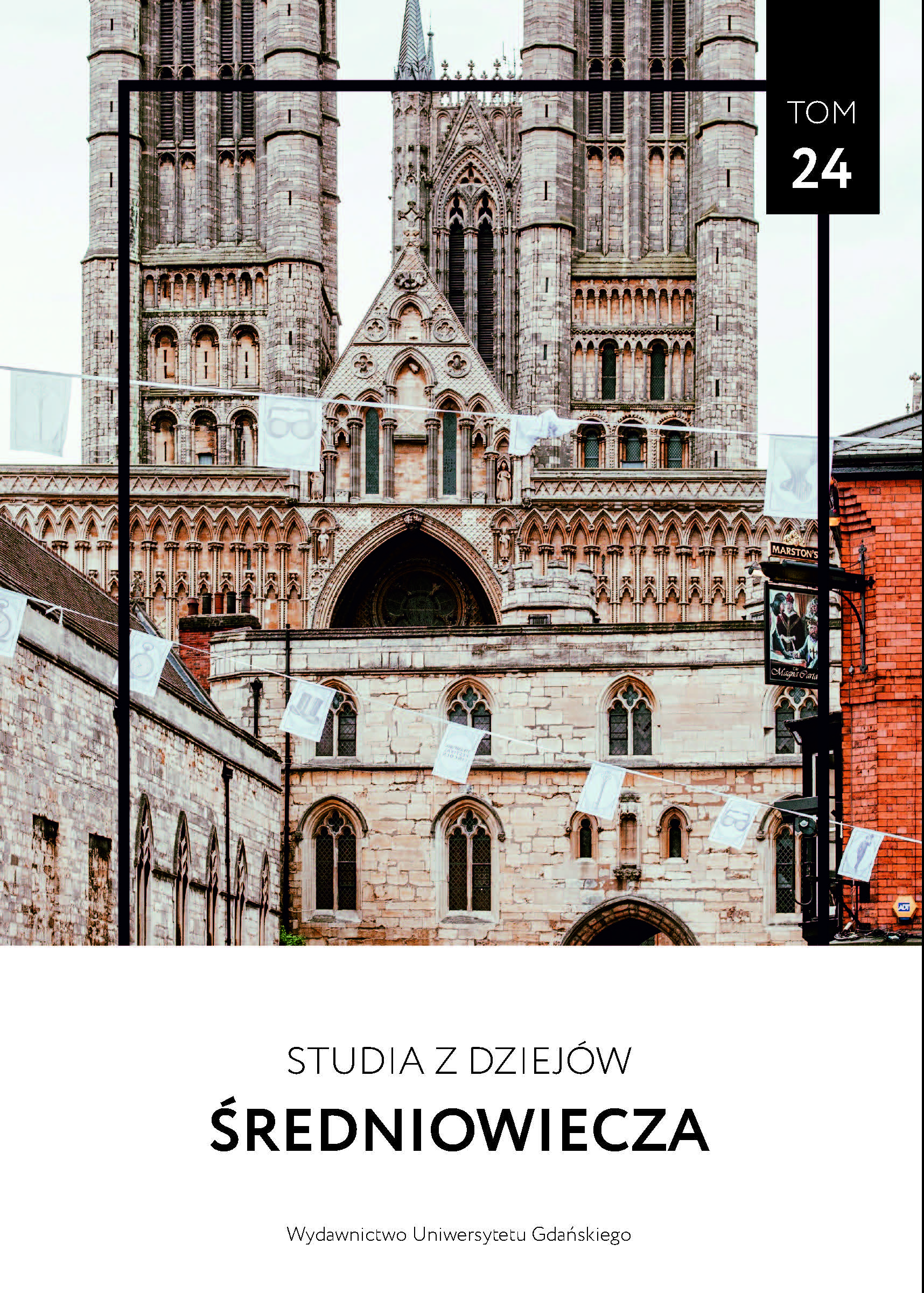Medievalism in Nineteenth‑Century Czech Painting. The Battle of Milan in 1158 and Other Key Events of the Medieval Period That Helped to Create Czech Collective Identity
DOI:
https://doi.org/10.26881/sds.2020.24.09Keywords:
medievalism, Władysław II, the Battle of Milan (1158), Karel SvobodaAbstract
This article focusses on the interpretation of the history of the times of the Přemyslid dynasty, an interpretation that is present in Czech historical painting in the nineteenth and early twentieth centuries. It takes a close look at the reign of the Czech king Vladislaus II (1140–1172). He was the second crowned Czech ruler at a time when there was no tradition of royal power and authority. This ruler was negatively assessed in medieval history writing that was somewhat later than his reign. However, in painting, which, after all, must succinctly transmit its message through symbol or allegory, King Vladislaus became a Czech hero. Linking his person to the Milan expedition, artists, who depicted this as an unambiguously praiseworthy episode in Czech history, showed the King as a key figure in those events. Vladislaus symbolized all the triumphs of the Czechs.

 Academic Scientific Journals
Academic Scientific Journals





